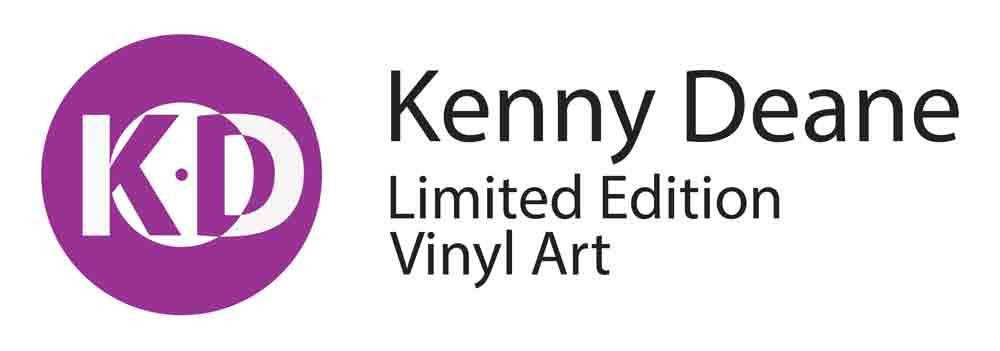Description
Additional information about this Depeche Mode vinyl art.
Depeche Mode – The Artist
Depeche Mode are an English electronic band formed in Basildon, Essex in 1980. The group consists of founders Dave Gahan (lead vocals, co-songwriting), Martin Gore (keyboards, guitar, chief songwriting), and Andy Fletcher (keyboards, bass guitar). Depeche Mode released their debut album Speak & Spell in 1981, bringing the band onto the British new wave scene. Founding member Vince Clarke left after the release of the album; they recorded A Broken Frame (1982) as a trio. Gore took over the lead songwriting and, later in 1982, Alan Wilder joined to fill Clarke’s spot, establishing a lineup that continued for 13 years.
Everything Counts – The Song
‘Everything Counts’ is a 1983 song by the English electronic band Depeche Mode from the album Construction Time Again. The single introduced a transition in lyrical content for the group. “Everything Counts” specifically addresses the issue of corporate greed and corruption in Britain, as the chorus sings of “grabbing hands” that “grab all they can”. Perhaps surprisingly, the single was released at a time when the band itself was not under a formal contract with Mute Records (Gore publishes his songs under the name “Grabbing Hands Music”). In addition to “found” sounds used as samples, the single also samples a variety of musical instruments, such as the xylophone and a melodica (which Gore has been known to play on stage for the song). It was also the first song in the band’s catalogue which includes both of the band’s singers prominently (at different times). Lead singer Dave Gahan sings the lead vocals on the verses, while main songwriter Martin Gore sings the lead vocals on the chorus with backing from Alan Wilder.
The Abacus – The Shape
Modelled into the silhouette of a human heart. The abacus (plural abaci or abacuses), also called a counting frame, is a calculating tool that has been in use since ancient times and is still in use today. It was used in the ancient Near East, Europe, China, and Russia, centuries before the adoption of the written Arabic numeral system. The exact origin of the abacus is unknown. The abacus essentially consists of a number of rows of movable beads or other objects, which represent digits. One of two numbers is set up, and the beads are manipulated to implement an operation involving a second number (e.g., addition). Although today calculators and computers are usually used instead of abacuses, abacuses still remain in common use in some countries. Merchants, traders and clerks in some parts of Eastern Europe, Russia, China and Africa use abacuses, and they are still used to teach arithmetic to children.
Need Help? Contact Us









Ange Mazzarella (verified owner) –
Amazing